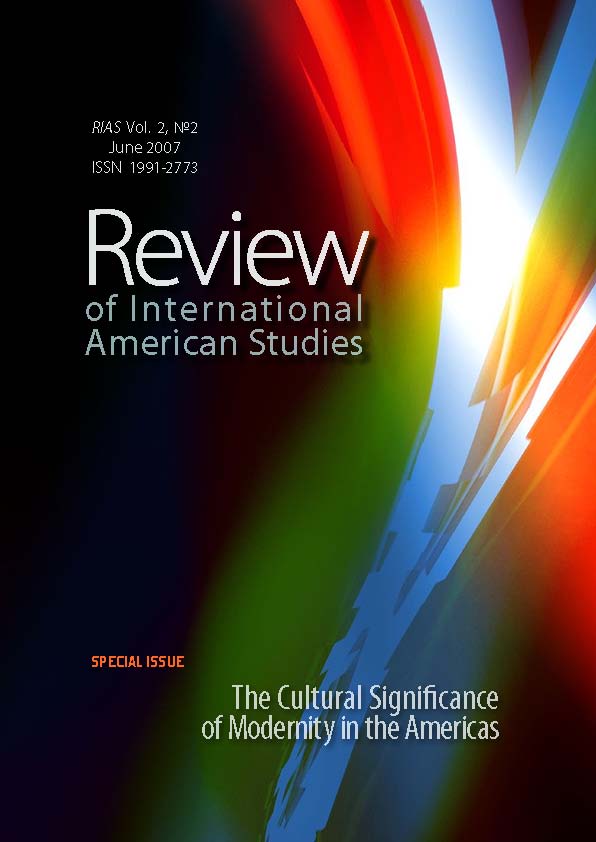Memory and the Convergence of Cultures in Kiana Davenport’s "Shark Dialogues"
Memory and the Convergence of Cultures in Kiana Davenport’s "Shark Dialogues"
Author(s): Stephen SpencerSubject(s): Language and Literature Studies, Studies of Literature, Other Language Literature, Cultural Anthropology / Ethnology
Published by: Wydawnictwo Uniwersytetu Śląskiego
Summary/Abstract: Kiana Davenport’s novel, "Shark Dialogues", provides an example of the power of memory in the creation of alternative realities and the restoration of the process of cultural memory that has been disrupted by a colonial order. In this novel of epic proportions, Davenport traces six generations of a family line in Hawai’i that begins with Kelonikoa, a fugitive Tahitian princess, and Mathys, a white sailor. The novel opens with the return of four great-great-great-granddaughters of Kelonikoa and Mathys to their grandmother’s coffee plantation on the Big Island of Hawai’i, from their dispersion in various places throughout the world. The four cousins are descended from a multicultural heritage that includes Chinese, Filipino, Hawaiian, Japanese, and European cultures. Once returned to the place where they grew up, their grandmother, Pono, slowly reveals to them their family history and the identity of their grandfather, Duke Kealoha, a Native Hawaiian leper living in exile on Molokai. The story unfolds through the voices of Pono, Run Run (Pono’s life-long friend/servant), Duke, Pono’s four granddaughters, and several other characters. "Shark Dialogues" is quite overtly what Salman Rushdie calls a ‘novel of memory,’ from Davenport’s opening dedication to ‘the memory of my mother’ and ‘the memory of my aunty,’ to Jess’s hope in the end that their family history will be ‘more beautiful in remembering’ (Davenport, 1994: 479).Davenport’s work may be used to establish a theoretical model to help understand the ways people living in a postcolonial social and historical context use cultural memory to construct social identity and resist both the history and effects of colonialism. Hawaiians have long known the power of cultural memory in the construction of identity. For Native Hawaiians, the processes of cultural memory have traditionally included the hula, the chanting of stories and poetry, and the chanting of genealogy. Hawaiian studies scholar Noenoe K. Silva provides a thorough history and analysis of the role of genealogy, cosmology, chanting, and performance art in Hawaiian culture in Chapter Three of her recent book "Aloha Betrayed: Native Hawaiian Resistance to American Colonialism" (2004). As many Hawaiian cultural scholars point out, genealogy, as passed down through family memory, is the single most significant factor in constructing identity, superseding all other definitions of identity, including court imposed definitions of race dating back to 1920, when the United States government determined that Native Hawaiianness is defined by blood quantum for the purpose of distributing Hawaiian homestead lands. According to Hawaiian scholar J. Kehaulani Kauanui, in ‘Hawaiian contexts, genealogies connect people to one another, to place, and to landscape’ (Young, 1995: 87). And for the well-known Hawaiian scholar John Dominis Holt, Hawaiians are ‘the walking repositories of island antiquity: living symbols of a way of life long dead, but which...
Journal: Review of International American Studies
- Issue Year: 2/2007
- Issue No: 2
- Page Range: 8-18
- Page Count: 11
- Language: English

